When is Wild Cuba: A Caribbean Journey on TV?
The first part will air on Friday 6 March 8:30pm on BBC Two, followed by the second part which will air a week later on Friday 13 March 8:30pm on BBC Two.
Who is presenting Wild Cuba: A Caribbean Journey?
Colin Stafford-Johnson will be presenting Wild Cuba. A wildlife cameraman for the last 30 years Colin has been on many adventures around the world but has always had a love for Cuba.
He is a well known Irish TV presenter and has always had a passion for wildlife since the age of four where he could be found bird watching and catching butterflies.
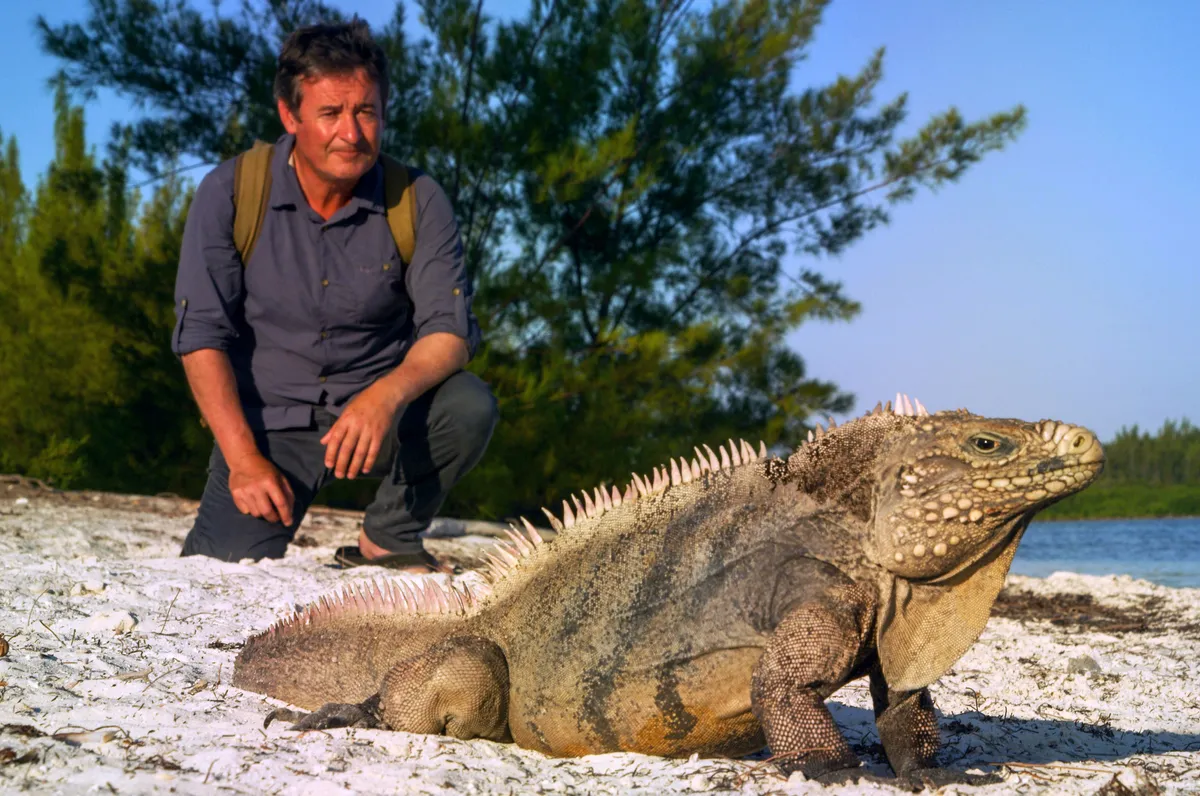
What is Wild Cuba: A Caribbean Journey about?
Cuba’s isolation has meant that many of its natural riches have been preserved, the island is home to a range of wildlife and landscapes that have not been seen by many outsiders.
Journey though Cuba to discover the amazing animals along with Colin’s personal insights into the extraordinary lives and landscape surrounding them.

You will be introduced to a vast range of wildlife from the bee hummingbirds, beach iguanas to mass migrating crabs all in the first episode.
The second episode delves deeper into bats, frogs and the Cuban crocodiles.
Which species will appear in Wild Cuba: A Caribbean Journey?
1
Cuban pygmy owl, Glaucidium siju
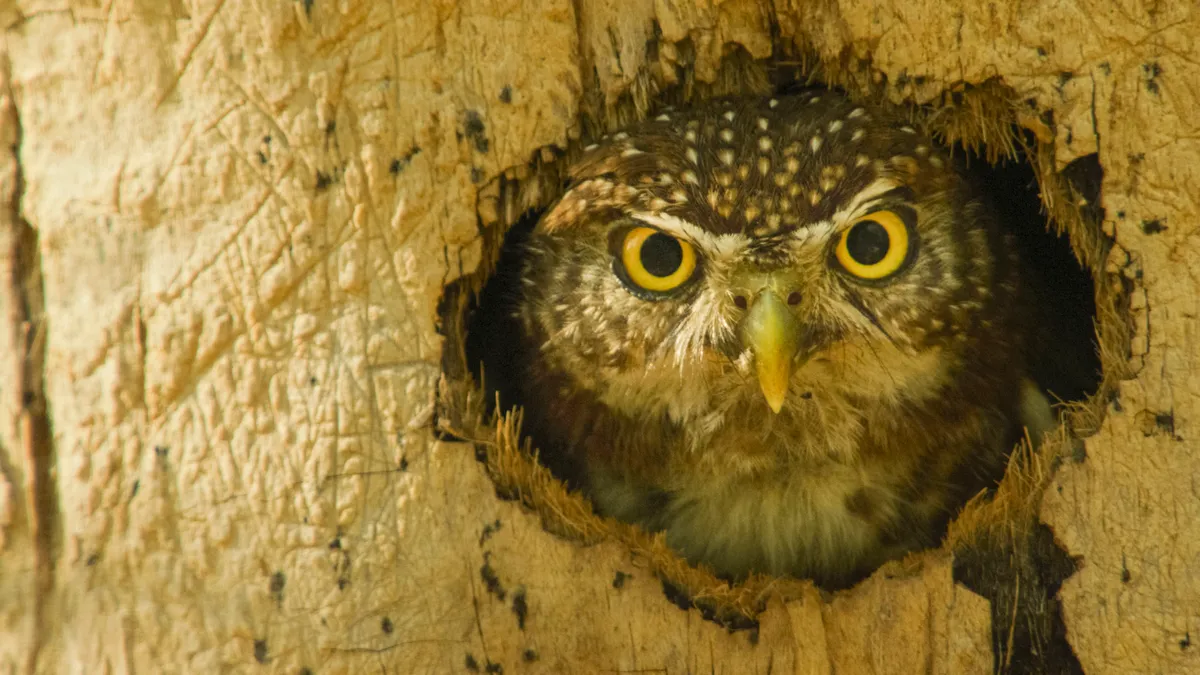
Cuban pygmy owls breed in tree holes formerly used by woodpeckers, as seen above. Commonly the Cuban pygmy owls are grey-brown in colour but some can occur in a red morph. The species covers a large range and is frequently observed across Cuba.
2
Desmarest's hutia, Capromys pilorides
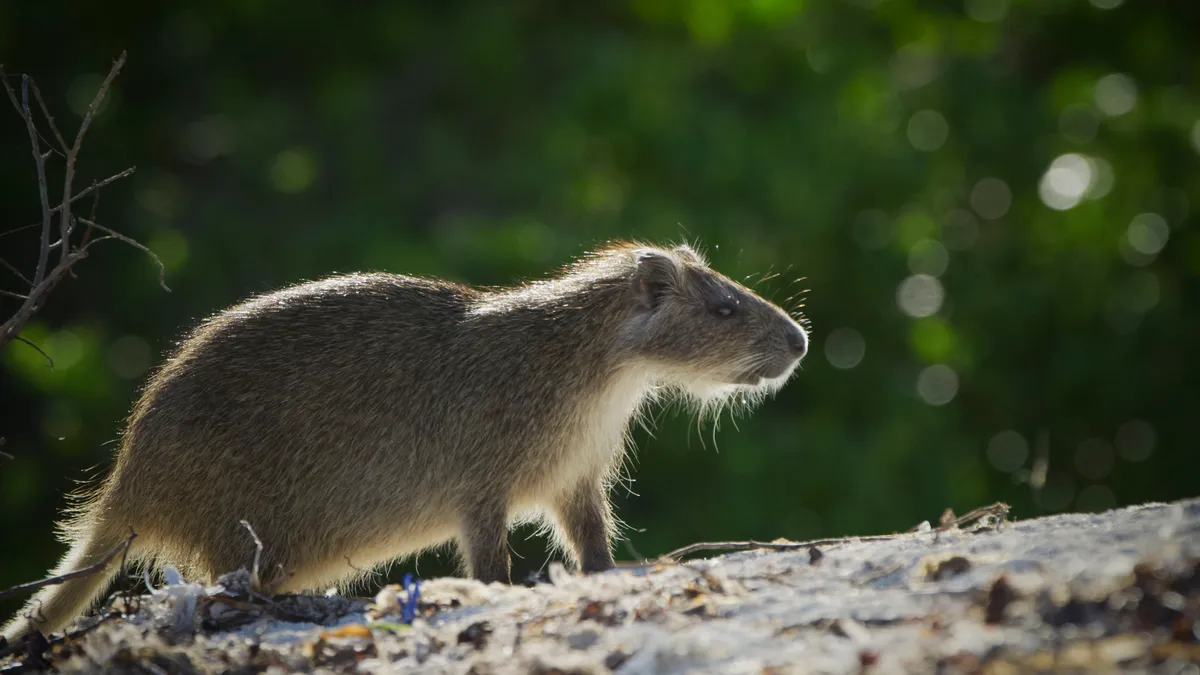
Hutia. © Crossing the Line Productions
Desmarest's hutia are the largest living endemic mammal in Cuba. The rodent which looks like a giant guinea pig, can be found in many protected areas and faces very little threats.
3
Bee hummingbird, Mellisuga helenae
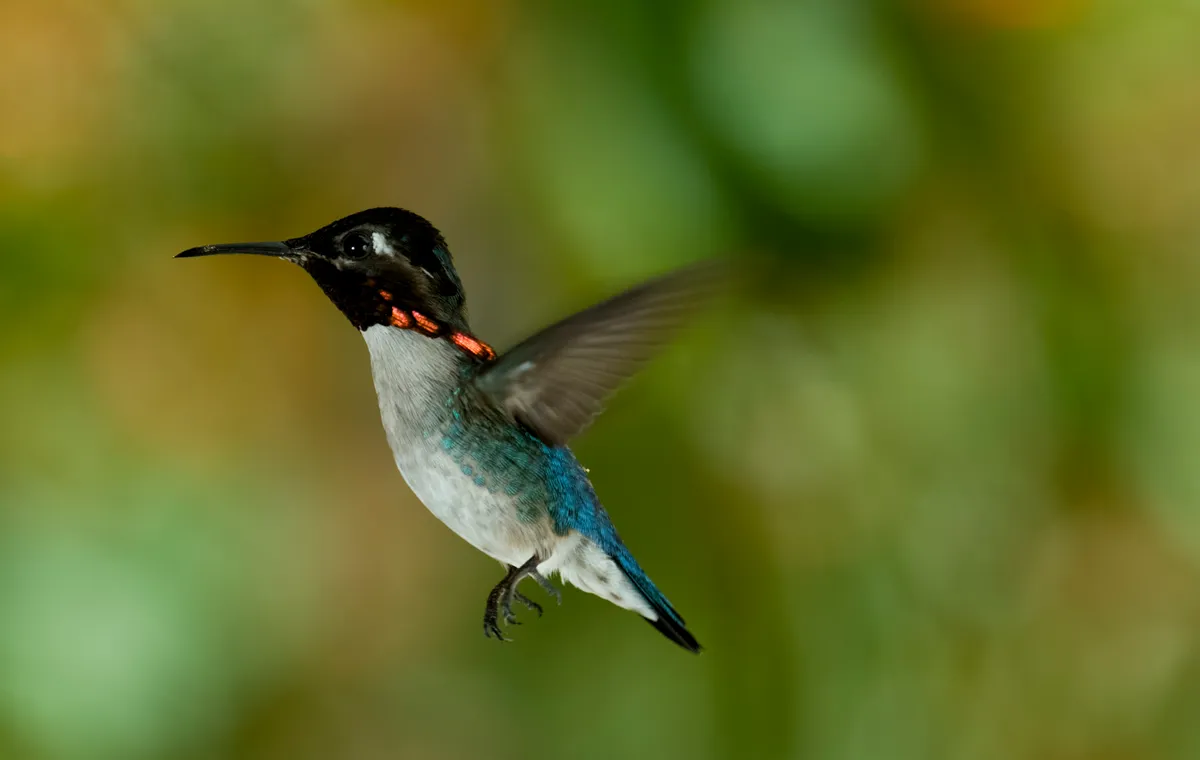
Bee hummingbirds are the smallest bird in the world and are native to Cuba. Found in dense forest and on the edge of woodlands, the small population is in decline due to forest degradation.
4
American crocodile, Crocodylus acutus

American crocodile. © Crossing the Line Productions
The American crocodile is widely distrubuted across the Atlantic from the southern tip of Florida, Mexico, Venezuela and Caribbean island such as Cuba and Jamaica. Found mainly in coastal habitats they can also inhabit freshwater and reservoirs that are landlocked.
Research has found that American crocodiles have been breeding with the critically endangered Cuban crocodiles creating hybrids. Studies have yet to see if interbreeding has created any behavioural differences.
5
Cuban tody, Todus multicolor
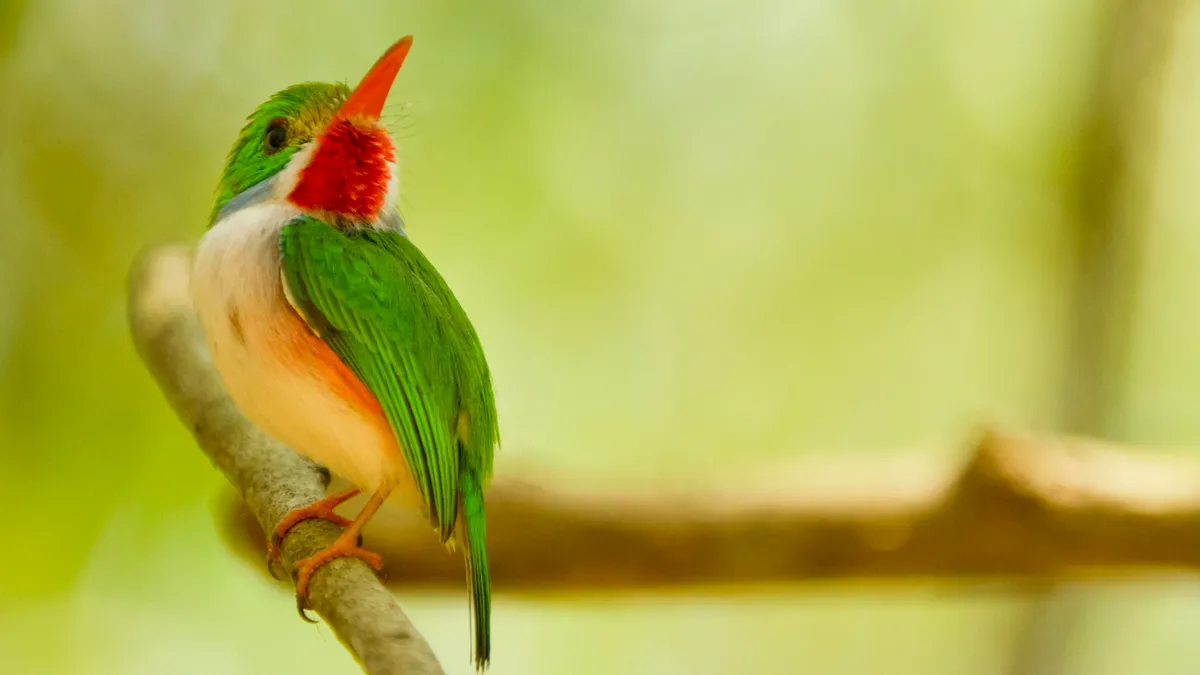
Cuban tody. © Crossing the Line Productions
Another native species to Cuba, the tody is a colourful bird that vocalises frequently. Todys normally stand out due to their large head compared to their body size. The population is in decline but not at an alarming rate and remains of Least Concern on the IUCN red list.
6
Land crabs, Gecarcinus ruricola
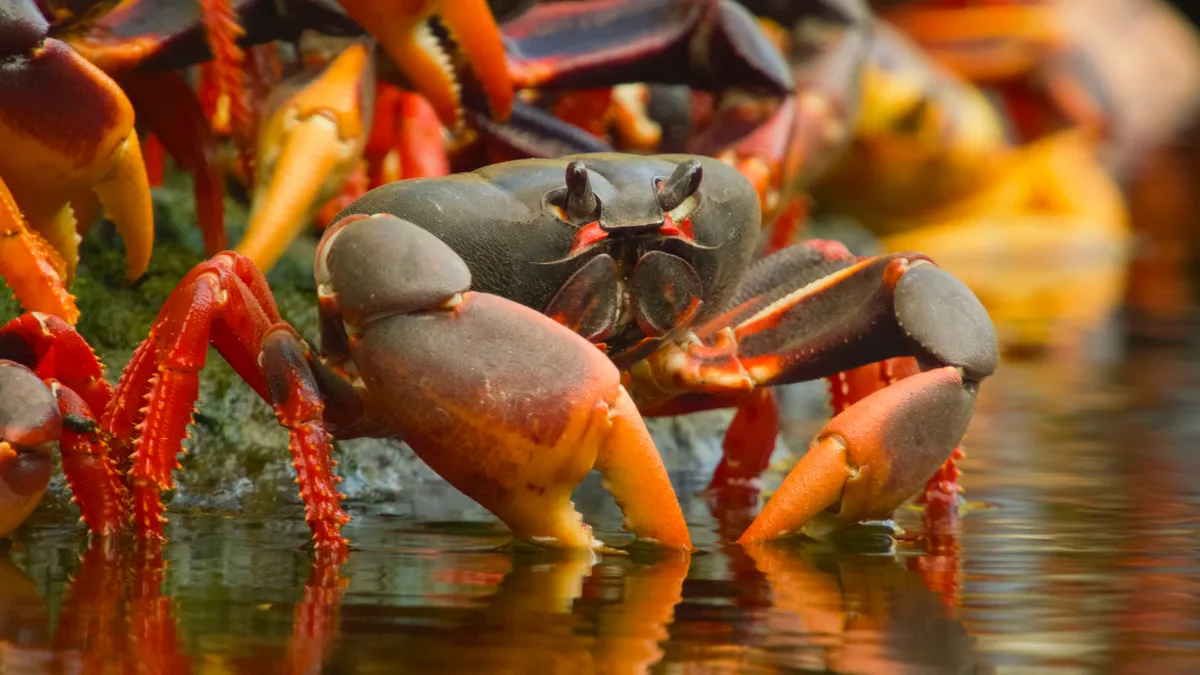
Land crab. © Crossing the Line Productions
Every spring millions of black, red and yellow land crabs migrate from the forests around Cuba's Bay of Pigs to breed. Once the females have mated their eggs will hatch and spend 2 -3 weeks at sea going through crucial stages before returning to land and back into the forests.
Main image: Turtle hatchling. © Crossing the Line Productions